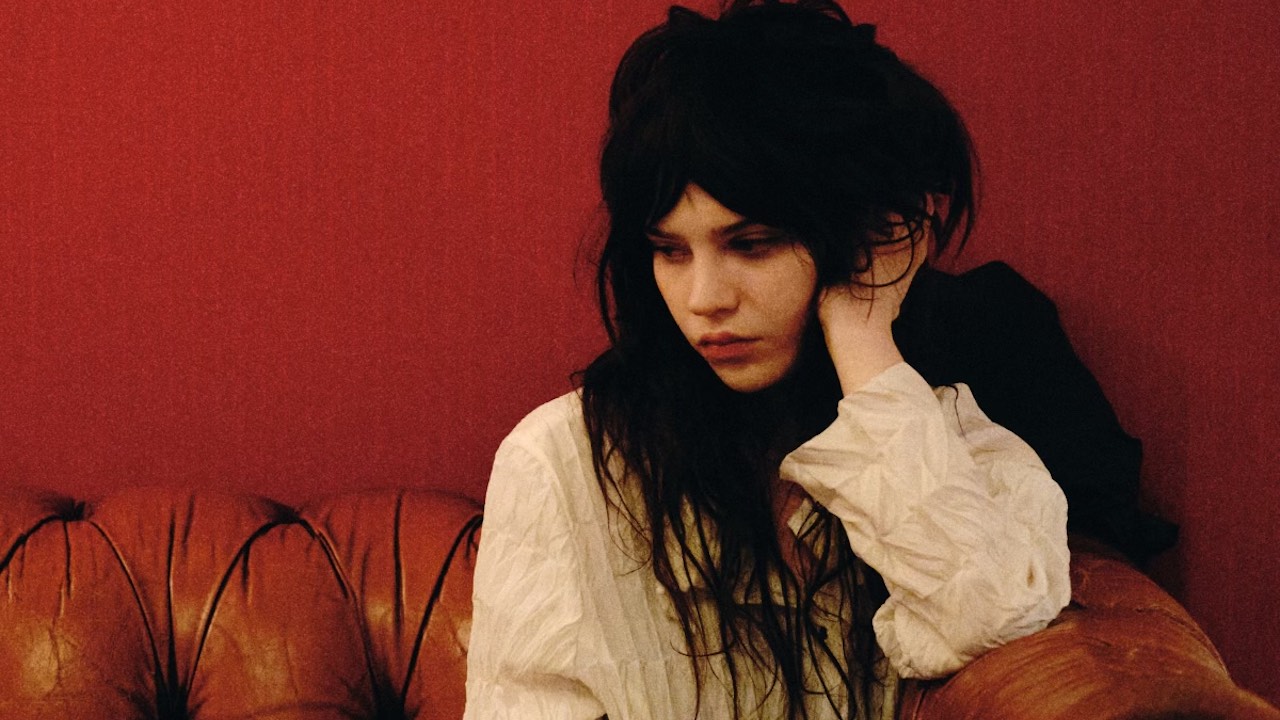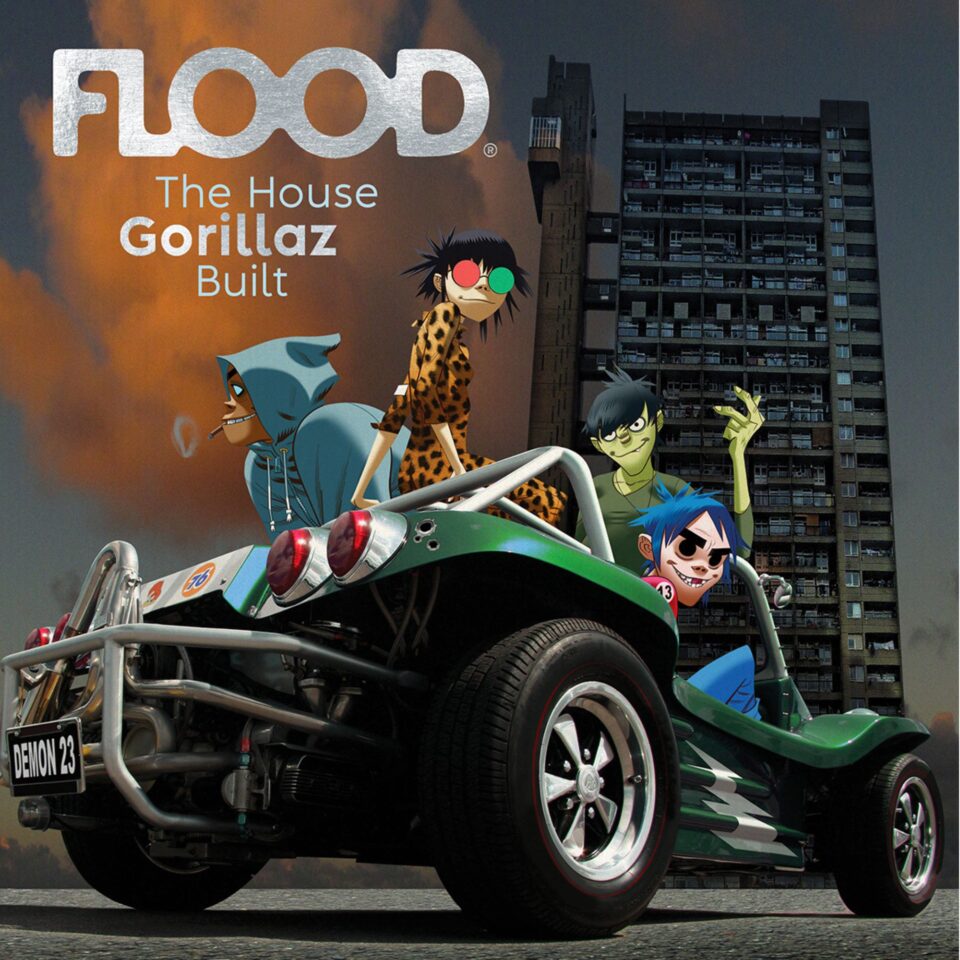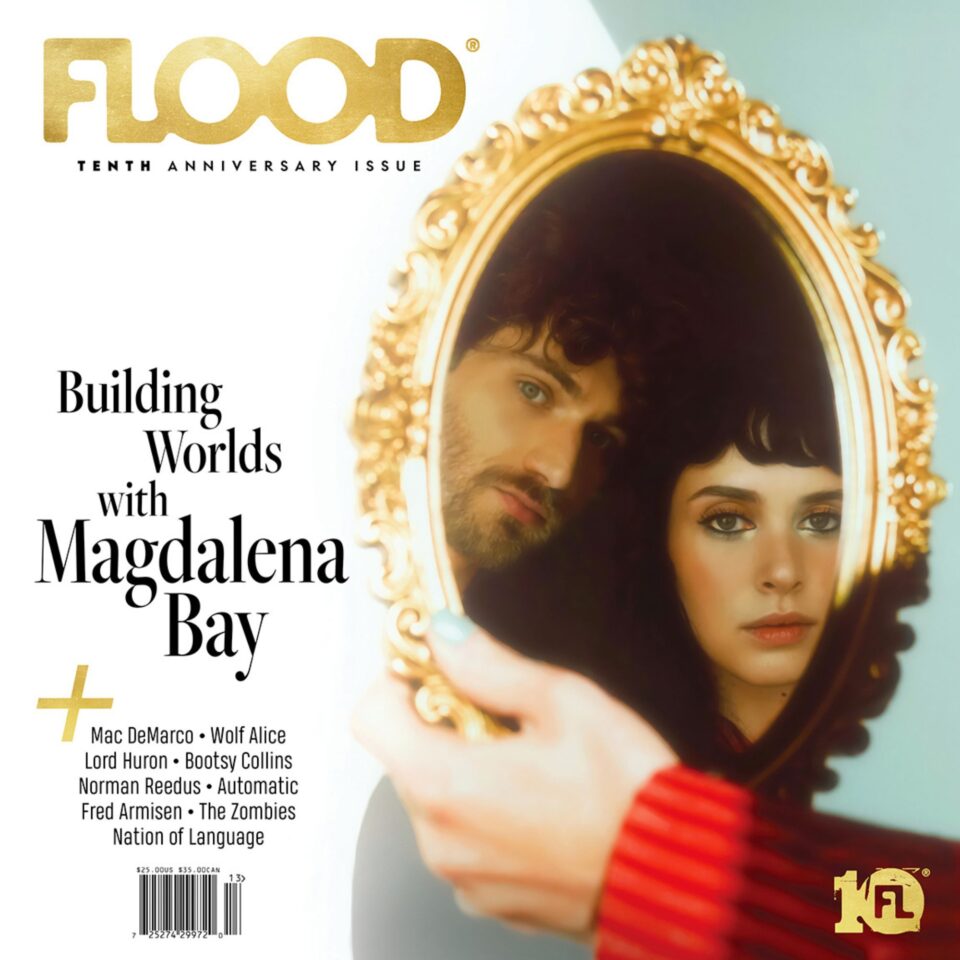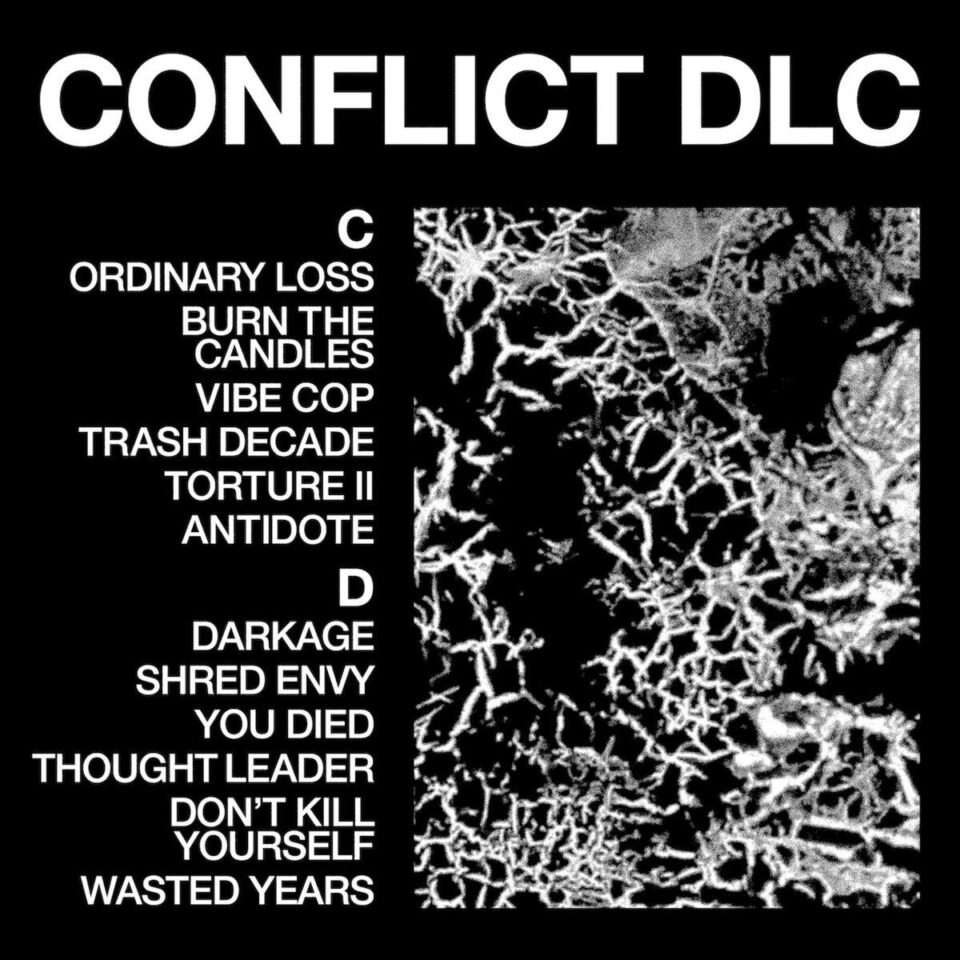On Sophie Thatcher’s Pivot & Scrape, the Yellowjackets star undertakes the daunting task of removing “actor-turned-musician” from her one-sheet and becoming just a regular ol’ musician. And while you may have given Pivot & Scrape a chance based on its creator’s prior notoriety, the EP is more than worth a listen on its own merits between the dramatic electronic chamber folk of “My Friend,” the jangly lo-fi slacker rock of “Rattle Trap,” and the patient art pop of the title track.
Not only is Thatcher’s voice mesmerizing, but her lyrics deftly blend imagistic fragments with slice-of-life diary entries. Regarding the title track, Thatcher shares that the imagery and lyrics “were inspired by dreams [she] kept having about throwing [herself] into glass.” More fascinating than this anecdote is how she translates the feelings it elicits into the song. Elsewhere, “My Friend” is a tribute of sorts to her sister, Ellie, and “Rattle Trap” examines harmful rhetoric associated with self-deprecation.
To help understand how Thatcher pieced together Pivot & Scrape, we had her break down each song on the EP. Check it out below.
1. “My Friend”
“My Friend” started off with my sister and I messing around on Ableton. Ellie came up with this synth line that sounded like a funeral march to me, and I immediately started writing over it and coming up with lyrics. I wanted the song to feel hopeful and based a lot of the lyrics off Ellie. I had lots of lyrics I ended up not using in the song and let the uplifting nature of the instrumentations take over. The horns for the song ended up happening on the day. Adam [McDaniel, the album’s producer/engineer/mixer] and I came up with a melody together and this awesome dude Clay made it real. If you listen closely you can hear him play the flute, too. It all felt very grandiose, expansive, and alive as soon as Clay came in. It was the last song I had written out of the bunch, coming from a lighter and more grounded place.
2. “Rattle Trap”
It all started off with a catchy and dreamy melodic synth. It felt nostalgic to me. On top of the lightness of the sound, I wanted to contrast it with a darker feeling I had at the time within the lyrics—feeling like I’m not good enough for anyone and this burden of my innate culpability is too overwhelming. For the chorus I’m talking back at my self-depreciation, and then it goes back to stupid habits after the verse; the never-ending cycle of feeling secure and then losing it all after one blip. The lyrics have a sharp edge because of how consonant-heavy much of the words are, wanting each one feeling like mini daggers being thrown at each other. Austin [Feinstein, of Slow Hollows] played guitar and synth on this one and really brought it to life. David Hartley plays the bass, and I had such a fun time listening to him jam to it in the studio. I wanted this song stuck in your heads. I like that there isn’t a definitive resolve, because the way I’m feeling in the song has yet to change—it’s ongoing.
3. “Go On”
“Go On” was a later one that started off with a strange deconstructed drum beat and this really simple, sad synth melody. The synth melody continues on and on, and the ongoing feeling helps to illustrate how uneasy, endless confusion/back-and-forth inspired the song name. I wanted to keep it simple and up to interpretation so every listener can take away with it however they feel and can attach it to different emotions. The lyrics for this one are a constant battle against each word; constantly contradicting oneself and, furthermore, burying its wound deeper.
4. “Pivot & Scrape”
I started out with a melodic and buoyant synth melody for the demo. The imagery and lyrics for this piece were inspired by dreams I kept having about throwing myself into glass. It felt guttural and like a strong juxtaposition with the dreaminess of the sound. There’s also a relentlessness to the lyrics, I feel—the “scrape” meaning you pick up the glass and keep moving. I found strength in the imagery of a ballerina dancing on glass and cutting herself, but still moving forward with the dance. The imagery of the breaking of glass, shattering, and then cutting herself felt guttural and like a punch in the stomach, which is the release I needed at the time.
The song starts with [the lyric] “God saved the world / All my troubles lessened / I chose to sleep through.” I’d improvised the first sentence and was on a roll from there. This bittersweet feeling of being grateful with where I’m at in life while simultaneously feeling depressed, numb, and like I just want to sleep through each day to make it go by faster. For the chorus, the lyrics get pretty violent, which felt stronger when I brought up the melody. This feels like a lot of pent up rage I’ve stored in my life that came out in the first chorus. The second chorus feels more like a mockery of a resolve: “I’ll give an eye to them / I can give to all / I’ll sell my grains to recess / Time to play and stall.” The last two lines are purely just a fuck-you, I can do what I want.
5. “Black and Blue”
I started out with a really lo-fi demo and this distorted drum beat that we ended up bringing into the background of the final mix. The lyrics came to me pretty early on; I was inspired by the idea of redemption and the power of guilt. I find myself always using biblical and religious inspiration for lyrics. I initially had strong imagery of a man asking for forgiveness after sinning and losing all of his teeth. This image stuck with me and I used it to drive me through the song. The song itself felt like a lethargic and meditative hymn, to me—like I’m giving myself a prayer to wash away my sins. The humming at the end gives the song a strange conclusion, alluding to this endless feeling of guilt and worry stowed inside. I imagined some kind of old Russian stop-motion; I had an idea of an older woman lifelessly doing her chores throughout the house, the same routine everyday, while the room gradually becomes darker with her husband at the dinner table.







